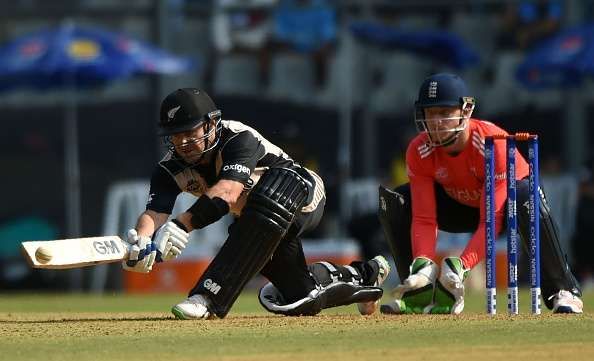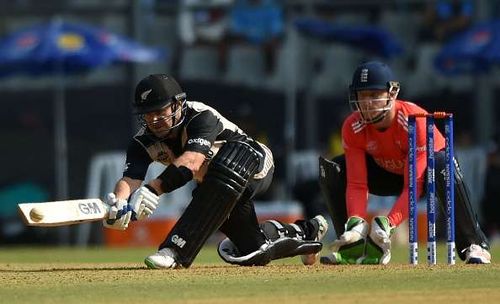
5 improvisations that T20 gifted to the world of cricket
Cricket has undergone numerous transformations since its inception in England in the 1700s. The game – which was previously known as ‘creckett’ – was introduced as a sport which had to be played over a course of five days.The format – popularly known as Test matches (in international cricket) and First class games (in domestic cricket) – is believed to be the most authentic form of cricket as it demands a combination of skills, determination, concentration and stamina.One day international, popularly known as ODIs is a late twentieth-century phenomenon. The first ODI was played between Australia and England at Melbourne Cricket Ground on 5 January 1971. One day internationals marked the advent of colored kits, white balls and day & night matches under the floodlight.T20 is just a smaller form of ODI cricket where the two competing teams fight it out over a course of 20-over-innings each.Here’s a list of five things that T20 has gifted the cricketing world:
#1 Innovative playing techniques

A certain man named Charles Darwin once said, “It is not the strongest of the species that survives, nor the most intelligent that survives. It is the one that is most adaptable to change.”
Be it the survival of species or that of cricketers, Darwin’s quote still stand strong and has been proved to be correct yet again, with the advent of T20 cricket.
With only 20 overs to bat, the batsmen have no other choice but to score runs in almost each and every ball that they face. Dot balls are nothing less than sins for the batting side; and hence, the birth of trick shots.
Players like Tillakaratne Dilshan, AB de Villiers, Virat Kohli and Steven Smith amongst many others have mastered these kinds of shots like the switch hit, flamingo, helicopter, dil-scoop and reverse sweep to utter perfection.
And it’s not only the batsmen who have changed the style of their play; the bowlers too have come up with newer kind of deliveries like the slower balls, low full tosses, carom balls, knuckle balls etc.